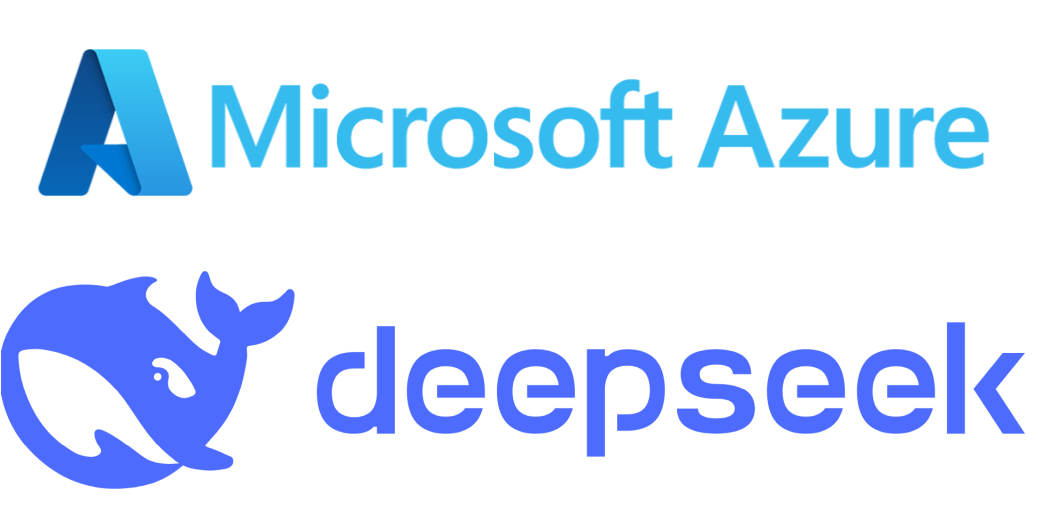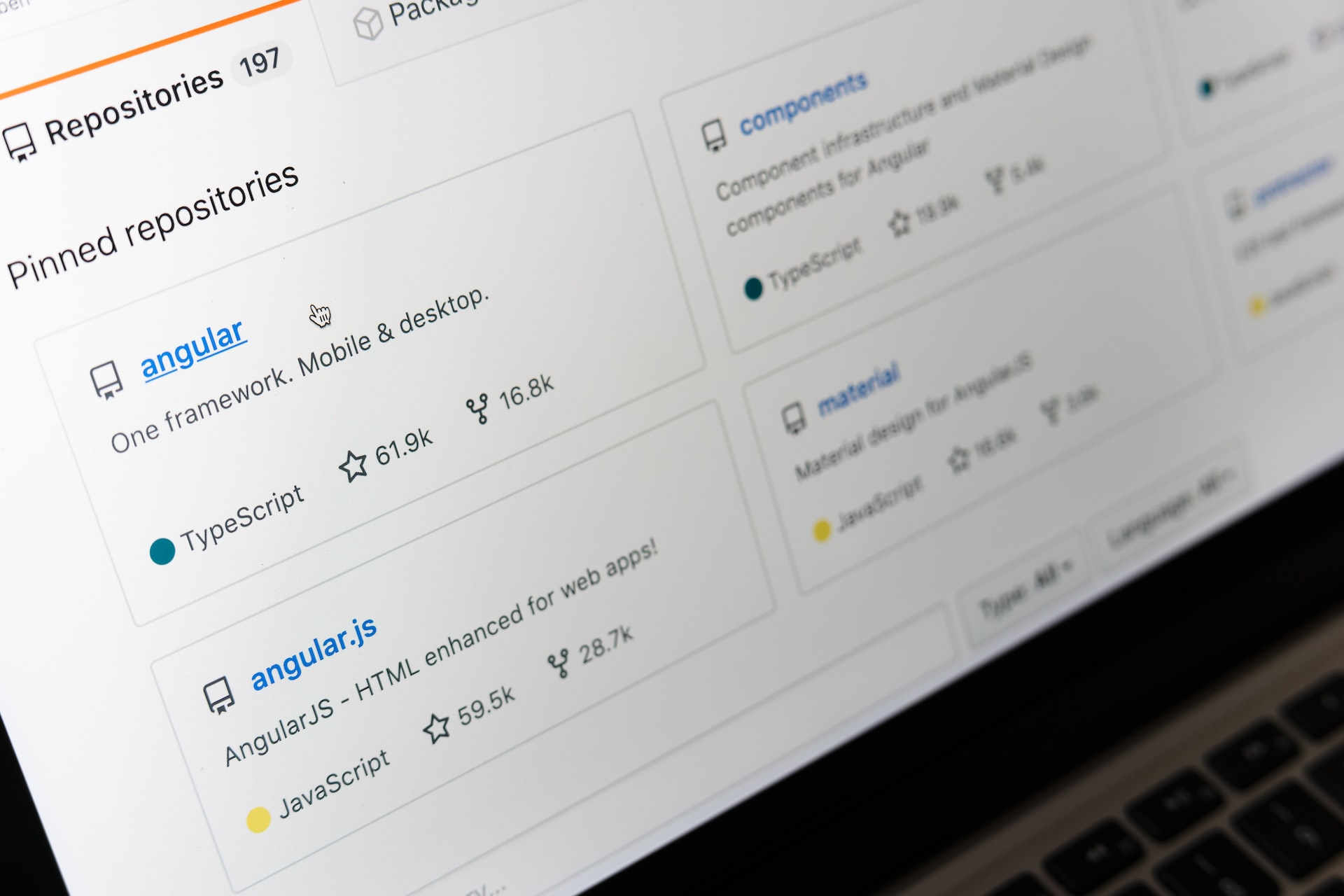
Integrating Semantic Kernel into ASP.NET applications is straightforward, due to built-in support for Dependency Injection (DI). This makes well-known features such as configuration, logging, and hosting trivial to use for AI Agent development. However, while debugging an agent issue, I discovered that all logging information from the Semantic Kernel was missing! This article explains issue’s root cause and how to fix it.



